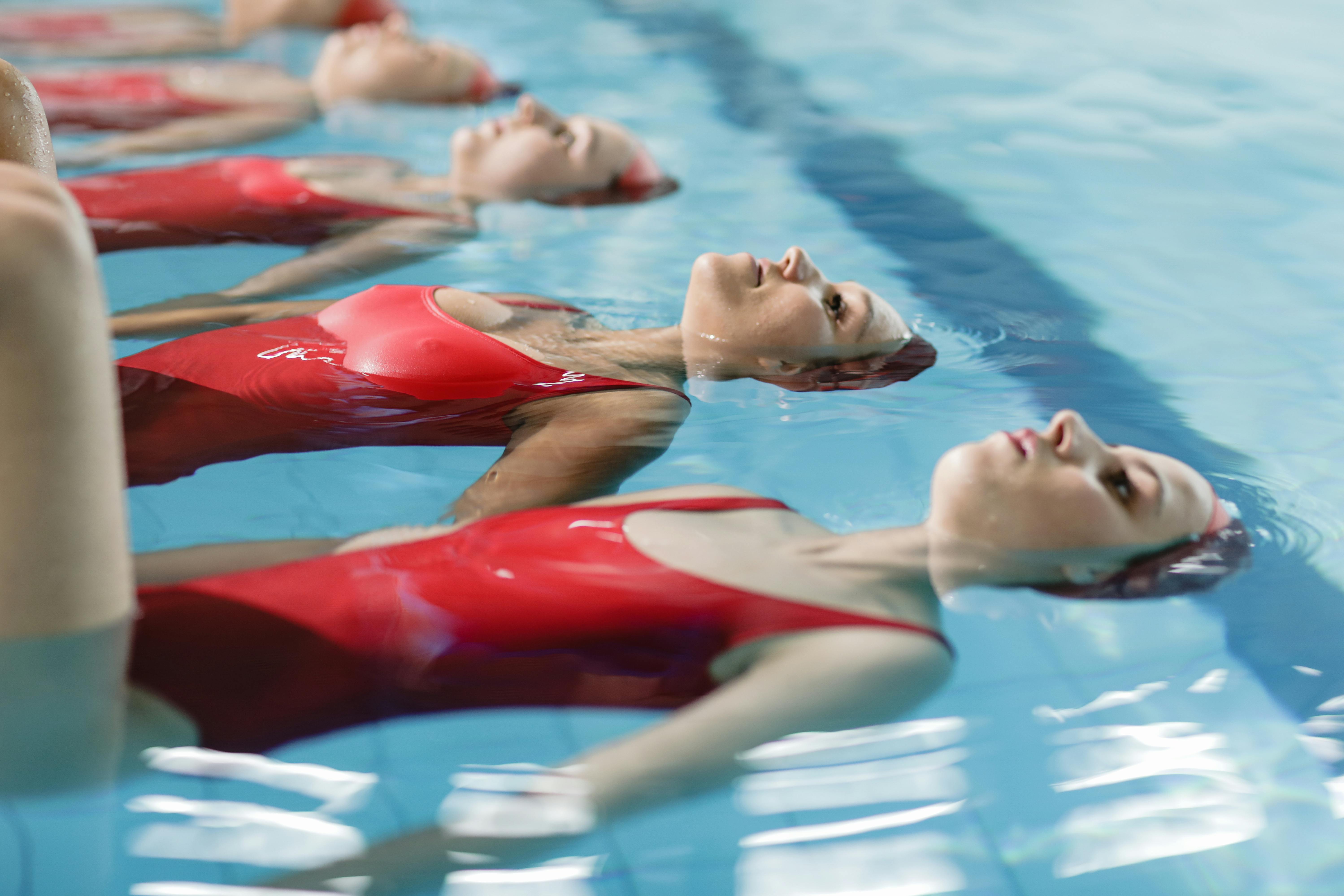Unveiling the World of Synchronized Swimming: An Artistic Blend of Athleticism
Unarguably, the world of sports is filled with a plethora of disciplines, each unique and fascinating in its own right. However, few can rival the captivating blend of athleticism, artistry, and synchronicity that defines synchronized swimming. This sport, often overlooked amid the high-octane thrills of football, basketball, or tennis, offers a unique spectacle that fuses grace, strength, and teamwork in a mesmerizing aquatic ballet.

The Origins and Evolution of Synchronized Swimming
Synchronized swimming, also known as artistic swimming since 2017, has a rich history that dates back to the 19th century. It was initially a male-dominated sport, inspired by the popular water shows of the time. However, the sport’s landscape changed dramatically in the early-20th century when Australian Annette Kellerman, a swimmer, diver, and performer, popularized synchronized swimming through her underwater ballet performances.
It wasn’t until the 1934 Chicago ‘World’s Fair’ that synchronized swimming began to gain recognition as a competitive sport, thanks to Katherine Curtis, who organized a water ballet competition for her students. This event marked the birth of the modern sport we know today.
The Intricacies of Synchronized Swimming
Synchronized swimming is a demanding sport that requires a high level of physical fitness, flexibility, strength, and endurance. Swimmers must also possess excellent breath control, as they often have to perform complex maneuvers underwater without breathing apparatus.
One of the most striking elements of synchronized swimming is its emphasis on teamwork and synchronization. Each move must be perfectly coordinated with the team, and even a slight discrepancy can lead to significant point deductions. This makes synchronized swimming a sport that not only tests individual skills but also the ability to work cohesively as a unit.
Training Regimen and Real-World Applications
The training regimen for synchronized swimming is rigorous and varies depending on the level of competition. It generally includes swimming drills, strength and conditioning workouts, flexibility training, and choreography sessions. These athletes spend countless hours perfecting their routines, demonstrating a level of dedication and discipline that can be applied to various aspects of life.
The Current Landscape of Synchronized Swimming
In recent years, synchronized swimming has witnessed a surge in popularity, with more countries participating in international competitions than ever before. The sport continues to evolve, with new elements and techniques being introduced regularly. This, coupled with the increasing recognition of the sport’s athletic demands, has helped elevate synchronized swimming’s status within the global sports community.
Conclusion
Synchronized swimming is a testament to the true essence of sport: a perfect blend of physical prowess, mental fortitude, artistic expression, and teamwork. As we continue to explore and appreciate the diverse world of sports, let’s not forget about the unique disciplines like synchronized swimming that bring a fresh, fascinating perspective to the table.





